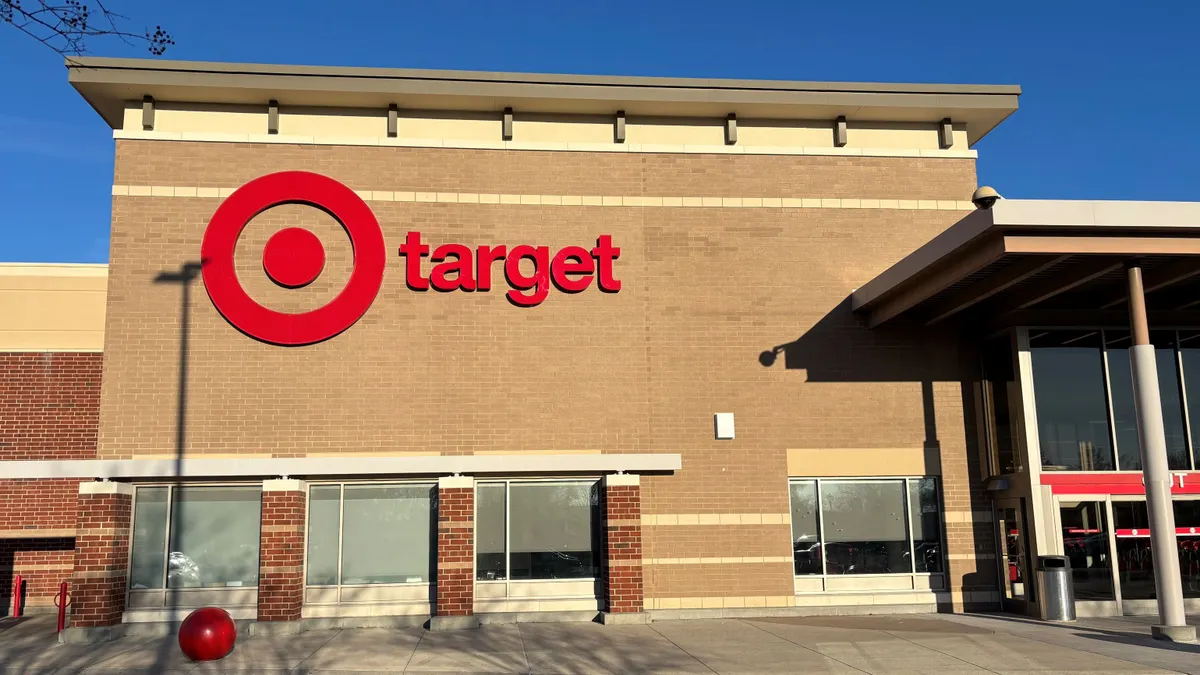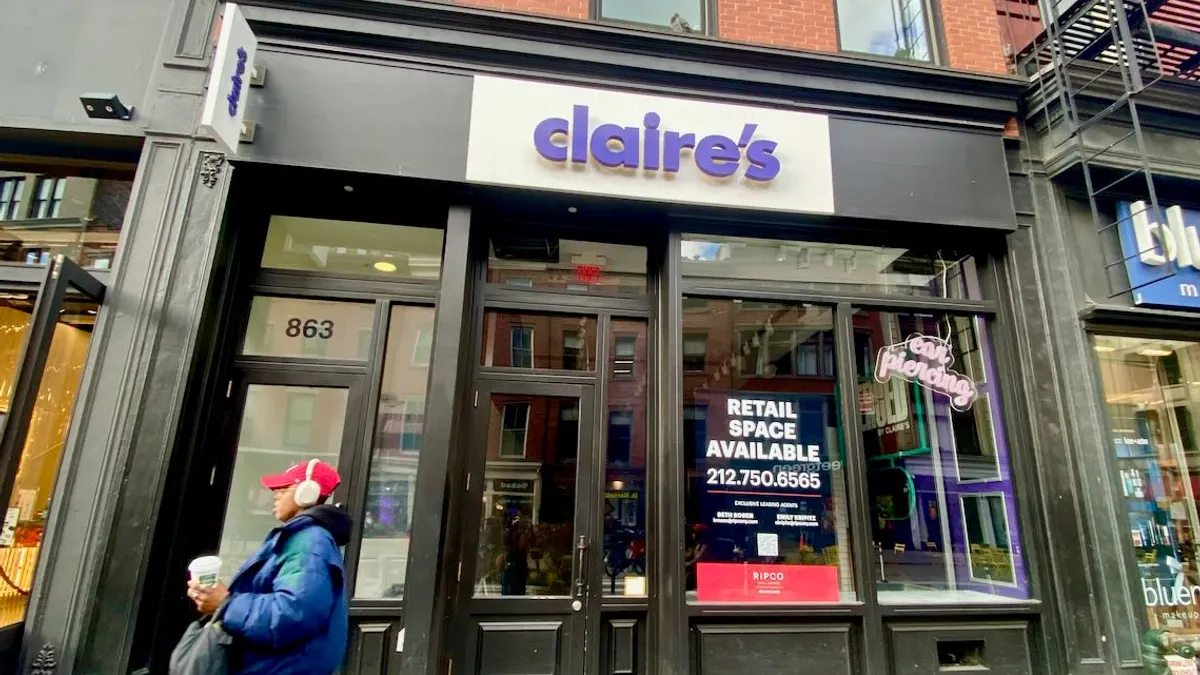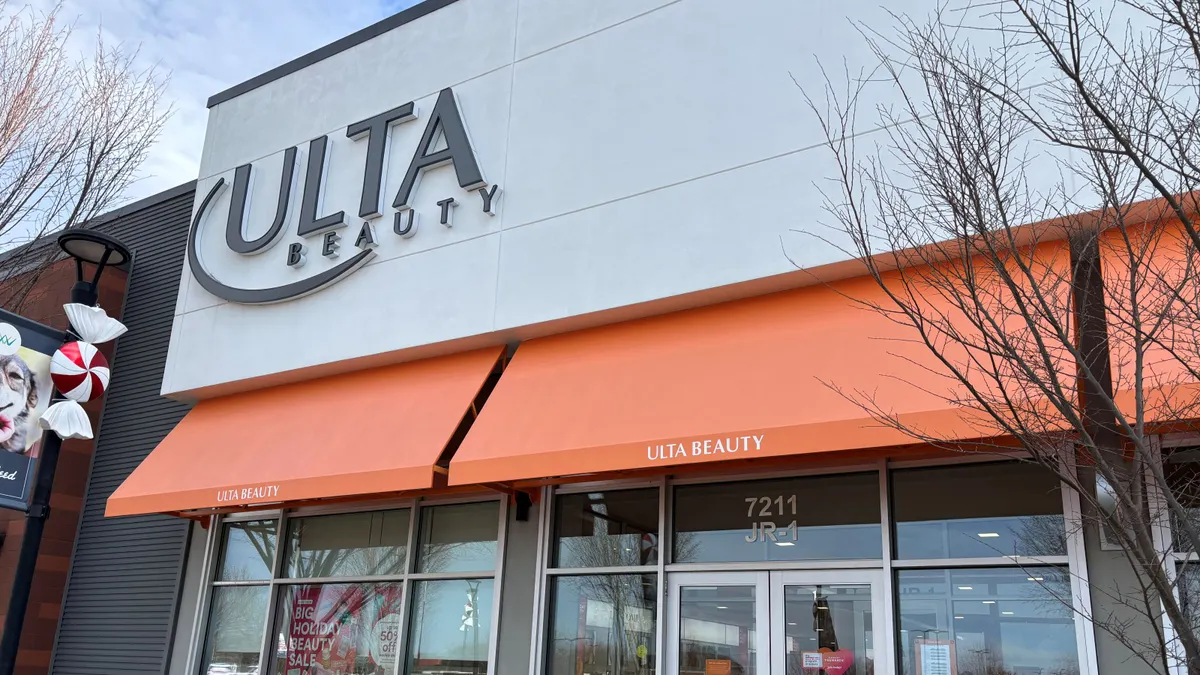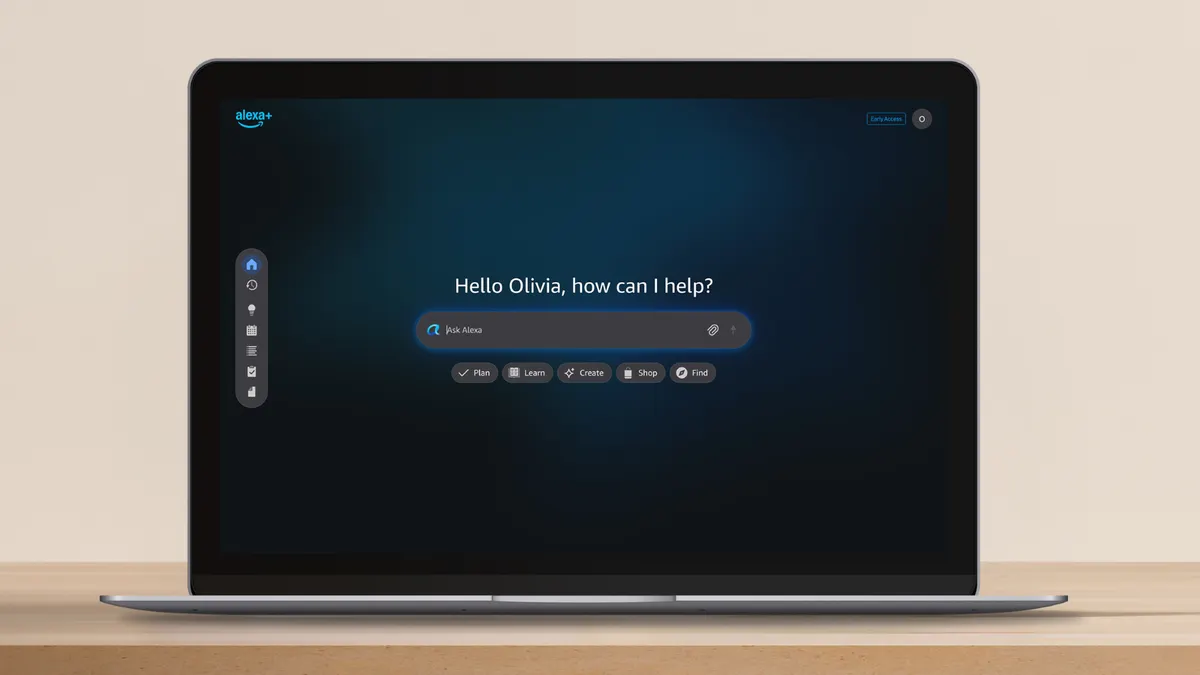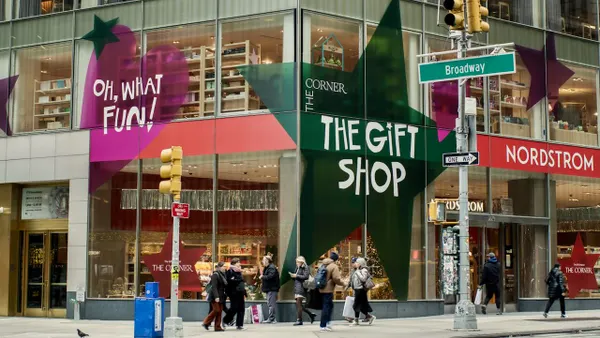At this point in the year the next Black Friday is just a few months away, and almost all retailers no doubt are in the midst of planning for it. But the day — no longer a day, really, but many days that for some aren't even contained between Thanksgiving and Cyber Monday — is beset by a complex set of forces that can be confounding.
Retail Dive has taken an early look at some of what’s going on—from lessons of yesteryear to the discount creep that every retailer (and consumer) will encounter.
Lessons of 2014
Black Friday last year was a whirlwind. For one thing, many retailers didn’t really wait around to advertise sales. Dubbed “countdown” deals or “pre-Black Friday” sales, retailers like Target, Amazon, Overstock, and Kohl’s got things going early. In fact, some 53% of retailers planned to begin holiday promotions in September or October last year, compared to 35% in 2013, according to a survey by consulting firm Hay Group.
That meant that consumers were navigating back-to-school, Halloween, and holiday sales on a continuous and in many ways overlapping basis.
"Not everyone wants to wait until Black Friday to start shopping," Kathee Tesija, Target's then chief merchandising and supply chain officer, told The Associated Press last year. "They like to spread their shopping over the holiday shopping season.”
But does "spreading" equal "adding"?
As some retailers have chosen to jump-start the holidays by having pre-Thanksgiving sales, and others take the somewhat cynical step of opening on Thanksgiving Day itself, and then yet others continue their sales well past Black Friday—a simple truth has emerged. That is, while retailers are jostling pretty hard to get shoppers’ attention before, during, and after Black Friday, they’re not adding to their holiday sales. Rather, they’re just spreading them out.
"There is a significant amount of energy left in the consumer with seven of the top 10 sales days of the year left to come, including [the Saturday before Christmas], which is projected to be the number one spending day of the year," ShopperTrak founder Bill Martin noted last year.
The Amazon Prime effect
The birthday party that Amazon threw for itself this summer, Prime Day, was billed as “better than Black Friday.” While it was widely panned on social media, the day was a bonanza for Amazon on several levels. Prime members ordered some 34.4 million products — tallied at 398 products ordered each second. And, as promised, Prime Day global orders bested Black Friday sales, by 18%.
But those stellar numbers weren't the only or even most important reason why the Prime Day experiment was a success for Amazon. Rather, Prime Day, experts tell Retail Dive, was designed to bring on more people to try out Prime memberships. By definition the day’s deals were only open to Prime members, but memberships were free to try in order to get those deals.
That means that Amazon this year will be approaching Black Friday with, in its own words, “hundreds of thousands” of new Prime members.
"Amazon has created a phenomenal moustrap," Rob Garf, a retail strategist with cloud-based e-commerce platform company Demandware, told Retail Dive. "Shipping, payment information, past purchases—all personalize the experience. Consumers are more inclined to take advantage of convenience than price. We all talk about customer experience and service, but customers are time starved, they want value and convenience. Amazon and Amazon Prime give shoppers value and convenience.
"They're the next generation department store, with not only an amazing product assortment but amazing categories, especially with the increasing movement with same day delivery," Garf continues. "They are as big an on-ramp to the Internet as Google and Apple are.”
Who’s following and who’s leading?
Wal-Mart Stores Inc. may have thought it wise to try to beat Amazon at its own game when it fired up its own midsummer sale in response to Amazon’s 20th anniversary Prime Day party. Indeed, consumers saw their email inboxes fill up with discounts and sales designed to compete with Prime Day, from all sorts of retailers.
But it could be this very follow-the-leader approach that is helping dilute the meaning of Black Friday, back-to-school, Cyber Monday, or any sales “holidays.” Shoppers have become wise to the fact that some deals advertised for those days are actually run-of-the-mill prices or sales prices that come around regularly, like a merry-go-round.
“Black Friday isn’t as important as it used to be because retailers made it that way. Specials now start on the Monday prior to Thanksgiving and run through Cyber Monday," retail experts Rich Kizer and Georganne Bender have told Forbes. "That being said, commercials and media campaigns are already promoting strong deals and special incentives to lure customers into their stores today. It’s no wonder the customer is confused.”
In fact, for some retailers, keeping doors shut on Thanksgiving Day has been a differentiator with value, especially considering that sales “lost” on Thanksgiving will be made up the day after — on that retail holiday once quaintly known as "Black Friday."







